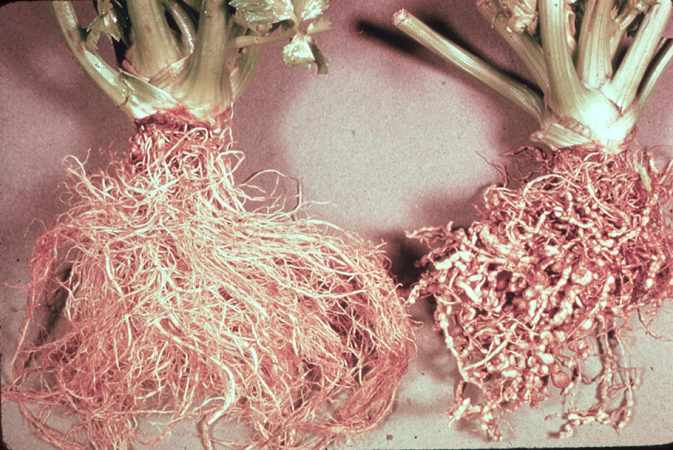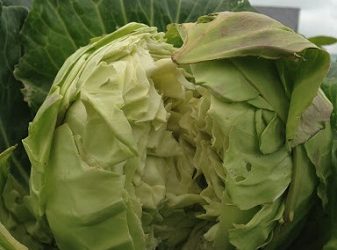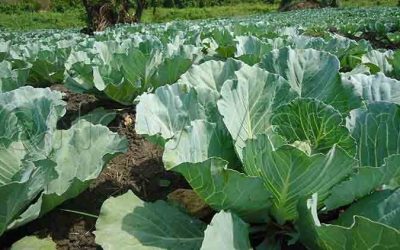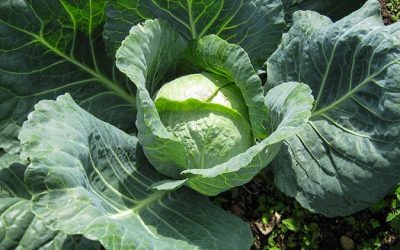Control of Root-Knot Nematodes in your garden

Nematodes are tiny worms that can exist in soil or water. Some nematodes are advantageous, controlling grubs and other insects in the soil. Other nematodes are dangerous to plants, burrowing into roots and making their way up the stems and leaves. The damage makes it difficult for plants to absorb nutrients, resulting in weak, small or even dead flowering and vegetable plants. There is no chemical control approved for use by homeowners, However, there are other ways to limit the damage caused by the parasitic worms.
1. Remove all vegetation from the area. Wet the soil, then cover it with two sheets of clear plastic to raise the temperature in the soil and kill the nematodes. Dig the edges of the plastic about 6 inches into the soil to keep it in place and hold in the moisture. Place the plastic during the hottest months of the summer, and leave it in place for four to six weeks.
2. Plant cool-season crops rather than warm-season crops. Nematodes are less active in the cooler months, so there is less chance they will damage plants. Plant nematode-resistant plants all year long to limit the damage. Nematode resistance is indicated on the seed or plant label.
3. Amend soil with plenty of organic matter before planting. Till or dig the organic matter several inches into the soil. The organic matter will help suppress the nematodes and keep them from causing as much damage.
4. Keep contaminated areas of the garden from spreading. Do not move plants from infested areas into clean areas. Water infested areas separately so the runoff doesn’t get into clean areas. Clean gardening tools with alcohol between uses to keep from transferring nematodes on the tools.
5. Water your plants frequently; don’t let them dry out. Plants are more susceptible to nematodes if they are stressed from lack of water.
6. Allow the planting bed to lie fallow for one or two seasons. Water the planting area and keep it moist so the nematode eggs will hatch, but keep the planting zone free of weeds and other vegetation. If the nematodes hatch and have nothing to eat, they will die.
7. Remove plants and dig up the roots at the end of each growing season to remove the nematodes’ food source. Dispose of the plant matter. Till the soil after removing the plants to dry the soil and expose the nematodes to sunlight, which kills them. Till the soil again every few weeks to dig up more of the nematodes and expose as many as possible before the next planting season.


